
The attack changes the strategic calculus for players in an escalating Middle East conflict more than six months old. It also has implications for Australia, where successive governments have sought to upgrade our air and missile defences.
For a fortnight Iran had been telegraphing its intention to attack Israel after the alleged Israeli strike on the consulate building of Tehran’s embassy in Damascus that killed senior officers of the Quds Force, the Iranian Revolutionary Guard Corps’ covert action arm. So, Israel’s defences were on alert.

When it came, the Iranian strike proved to be what missile defence specialists call a saturation attack, which seeks to overwhelm a defender by launching numerous weapons, timed to arrive on target simultaneously so the defence system (even if it manages to intercept most incoming strikes) is overwhelmed by sheer volume.
This method has been used by Iran’s Houthi allies in Yemen to target French, British and US warships and cargo vessels in the Red Sea in the past few months, recently forcing French ships to withdraw and disrupting commercial shipping through the Bab el-Mandeb Strait.
Vertical launching systems – which carry shipborne defensive missiles used against incoming attack – hold a limited number of missiles and can be reloaded only in port. This means warships in the Red Sea have to back off from confrontation against Houthi drones or fast-attack craft once their VLS starts to run low, returning to port to reload.
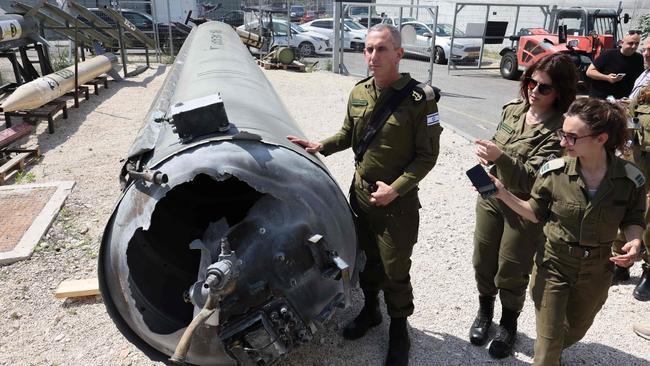
The US Navy’s Arleigh Burke-class destroyers, at least one of which helped Israel intercept Iranian drones last weekend, carry a maximum of 96 missiles in their VLS. Thus, an attacker sending more than 96 drones or missiles against such a ship could count on its last few missiles getting through, even if the first 96 were intercepted. Australian ships also operate the VLS, with Hobart-class destroyers carrying a 48-cell launcher and Hunter-class frigates 32.
Warships have close-in defence systems based on rapid-firing guns, so getting past the VLS doesn’t equate to a successful strike on the ship. But warships also have to protect unarmed commercial vessels, so VLS stocks can be depleted rapidly given a dense enough swarm of incoming missiles, forcing them off station to reload. Likewise, not all VLS cells hold defensive missiles; the same system is used for attack missiles such as the Tomahawk.

The same methodology used by the Houthis in the Red Sea – overwhelming a defensive system through a large volume of simultaneous strikes – lay behind Iran’s attack last weekend.
It began with two supporting efforts. In the north, about 24 hours before the main attack started, Iran’s proxy Hezbollah began launching numerous rockets from Lebanese territory against Israeli military positions and civilian settlements in northern Israel, seeking to saturate the Iron Dome defence system. At the same time, more than 2000km to the southeast, IRGC commandos seized an Israeli-owned, Portuguese-flagged container ship in the Strait of Hormuz, using a heliborne raid to take over the ship and diverting it into Iranian waters. This demonstrated Iran’s ability and willingness to expand the conflict to the region’s other critical maritime choke point, essential for global energy supplies and shipborne trade.
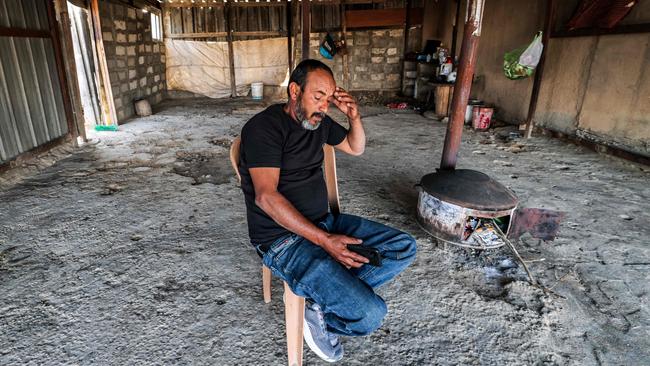
A few hours later Iran launched the main attack in three waves. First, dozens of one-way attack drones, mostly Shahed-type loitering munitions of the kind Russia is using against Ukraine, were launched against targets across Israel. These slow-flying drones took several hours to make their way from Iran, flying across Iraqi and Jordanian airspace, with several being shot down en route.
In the second wave, Iran launched faster-moving cruise missiles, again from Iranian territory, and timed to arrive with the surviving drones as they reached Israeli targets. Finally, much faster medium and short-range ballistic missiles were launched, carrying larger warheads and reaching their targets in minutes, timed to hit key sites in Israel just as the drones and cruise missiles arrived.
Most drones and cruise missiles were shot down, by Israeli ground-based defences or warplanes, by US Navy ships using their VLS to fire defensive missiles, or by US, French and British fighter aircraft operating from RAF Base Akrotiri in Cyprus and elsewhere across the region. Jordan allowed its airspace to be used for the defensive engagement and may have participated directly itself. Video evidence shows at least seven missiles – probably medium-range ballistic missiles – striking an Israeli air base in the Negev desert, although many other missiles were likely shot down. Satellite imagery the morning after the attack suggested damage to Israel’s command centre at Mt Hermon (Jabal al-Sheik) in the Golan Heights, to Nevatim air base in the Negev, which houses Israeli F-35 fighter aircraft, and to Ramon air base further south. There were also successful intercepts of incoming missiles over the cities of Jerusalem and Ramallah, near Israel’s nuclear facility at Dimona and near the Jordanian capital, Amman.
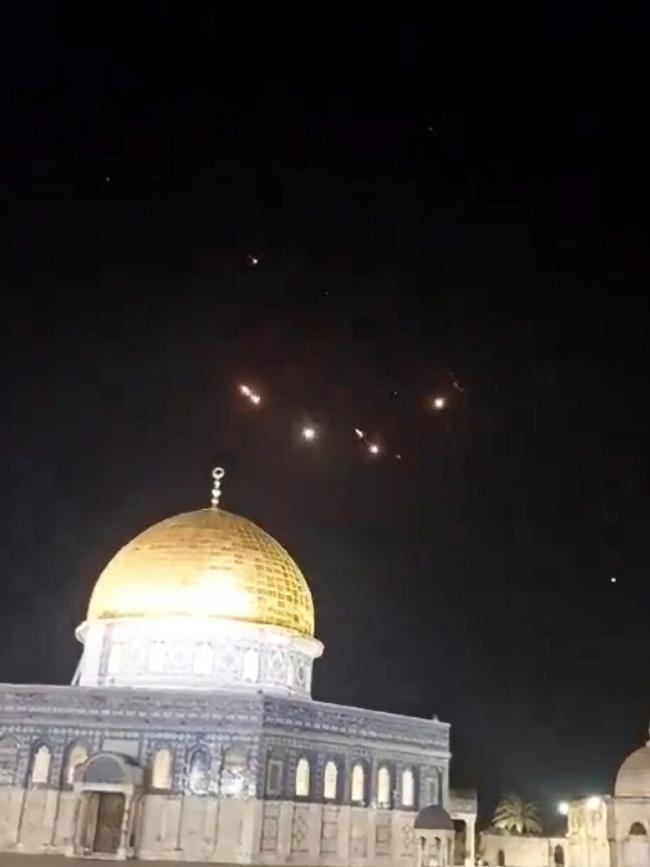
Though the attack seems to have caused minimal injury or loss of life, it clearly demonstrates the difficulty in defending against large-scale concerted saturation attacks of this kind. Israel is only about the size of Greater Melbourne, and with air and missile defences on high alert and the population already in shelters and expecting an attack it is not surprising that most incoming missiles and drones were intercepted and those that did make it to their targets did little damage.
Whether Israel could keep up its success rate against repeated attacks is a different question; the defensive effort reportedly cost around $1.3bn, and as air defence missiles and VLS become depleted it rapidly would become more difficult and expensive to sustain. This is the problem Ukraine is confronting, with last week’s large-scale Russian attack on Lviv and Kyiv demonstrating how hard it is to defend larger areas against repeated saturation attacks at scale.
For Australian strategists and planners who increasingly are thinking about integrated air and missile defence (on land and at sea) as part of the government’s review of defence capabilities, there are important lessons here. The need for large numbers of survivable, mobile defence systems – along with sensors, battlespace management systems, early warning and control systems, and air and ground-based defences – implies a requirement for significant (and rapid) investment, given the rapid proliferation of increasingly advanced drones and missile systems.
At the same time national resilience, from mass-casualty response to firefighting, evacuation, hardened shelter and resilient fuel, water, food and communication systems, is increasingly at a premium as nations adapt to a more hostile and unpredictable world.
For belligerents in the ongoing Middle East conflict, the attack changes the strategic calculus in several ways. For Hamas, which has been facing an imminent Israeli assault against its last Gaza stronghold in Rafah, the attack may offer a morale boost, showing the group is not alone in the conflict and encouraging it to fight on, perhaps further delaying negotiations over a potential ceasefire.
For Israel, facing global condemnation over civilian casualties and destruction in Gaza, Iran’s attack offers the opportunity to recast its international image from bully to victim. Arab nations, including Jordan, which had been criticising Israel until last week, have now condemned Iran in the wake of the attack, while in the US – Israel’s most important ally and largest military benefactor – congressional support is stronger for a renewed aid package to Israel.
For Iran, this was an opportunity to retaliate for Israel’s alleged strike on its diplomatic facility in Damascus and to create what some Iranian leaders called a “new equation” – showing Tehran will retaliate directly, from its own territory, in the event of future Israeli attacks. As the first such direct attack, after decades of indirect proxy war in the shadows, the attack moves the conflict on to new ground, with significant scope for further escalation.
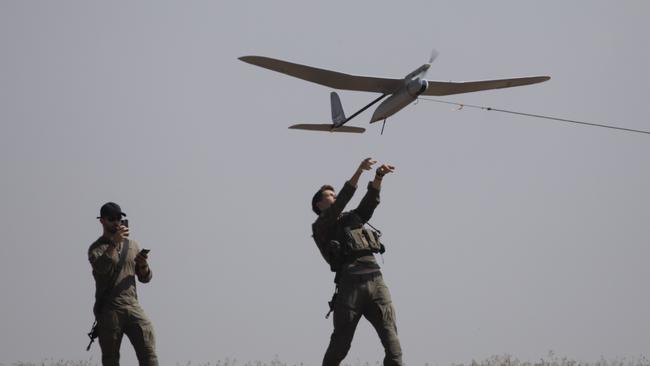
While both sides seem to be making careful attempts to control that escalation, Iran and Israel also need to re-establish deterrence. Both governments also need to shore up their credibility with their own populations, reassure allies and, in Israel’s case, reset the narrative away from the destructive ground campaign in Gaza. Israel’s ability to rally support from regional nations against the attack also helps demonstrate that the country is perhaps less isolated than its adversaries may think, at least as long as it acts defensively.
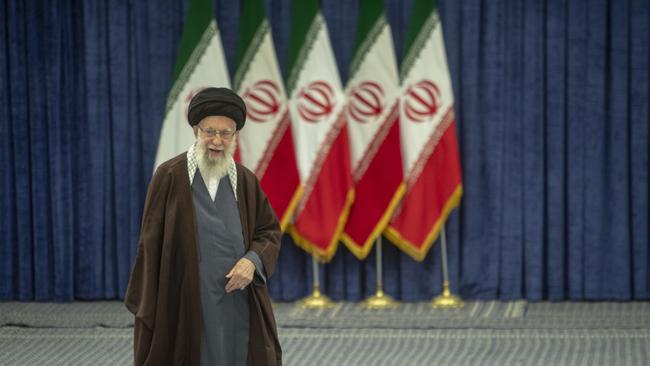
Most observers expect an Israeli response, though when it may occur and what form it may take remain unknown. Ironically, the limited impact of Iran’s attack last weekend may reduce Israeli fear of Iranian retaliation, making further Israeli attacks against Iran and its proxies likelier. At the same time, the saturation attack methodology may make Iran likelier to repeat a similar attack in future, given the cost asymmetry involved; the strike was far cheaper for Iran to mount than for Israel to defeat, and allied support for Israel was critical but may not be repeatable.
In any case, the Middle East conflict looks likely to continue escalating, even while analysts further afield consider the implications of large-scale saturation attacks for deterrence and the increasing difficulty of integrated air and missile defence.
David Kilcullen served in the Australian Army from 1985 to 2007 and was a senior counter-insurgency adviser to General David Petraeus in 2007 and 2008, when he helped design and monitor the Iraq War troop surge.




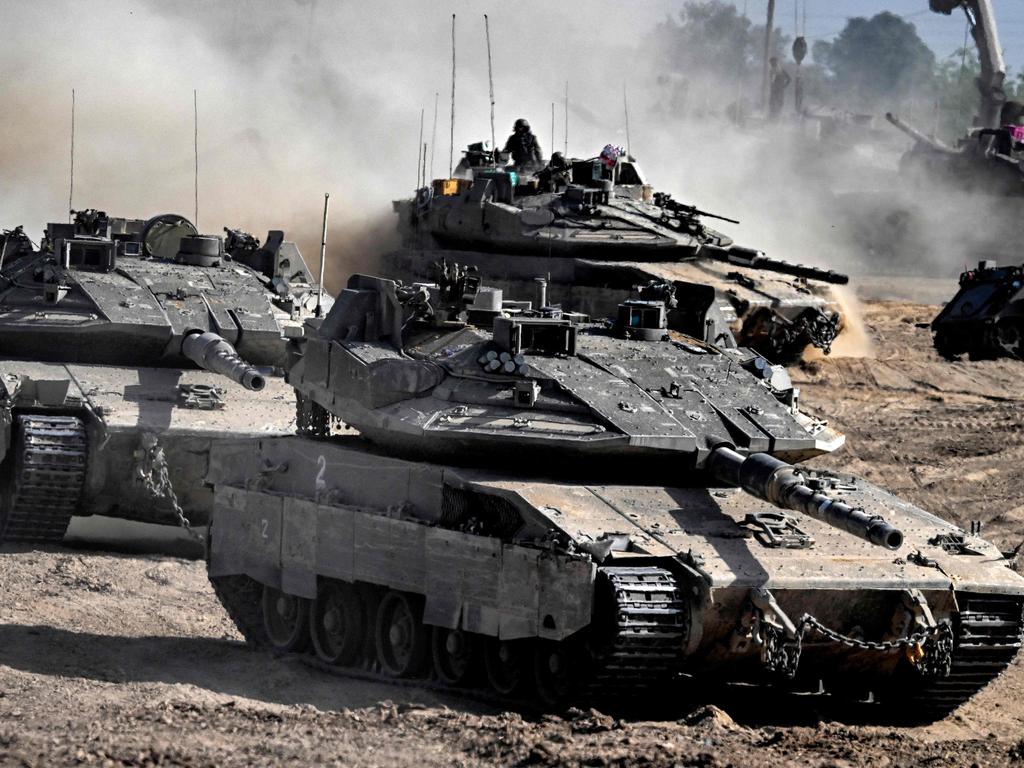



Iran’s weekend strike on Israel was sophisticated and complex. Despite claims Israel successfully intercepted 99 per cent of the roughly 350 missiles and drones launched against it, the strike showed the difficulty of integrated air and missile defence against large-scale attack.